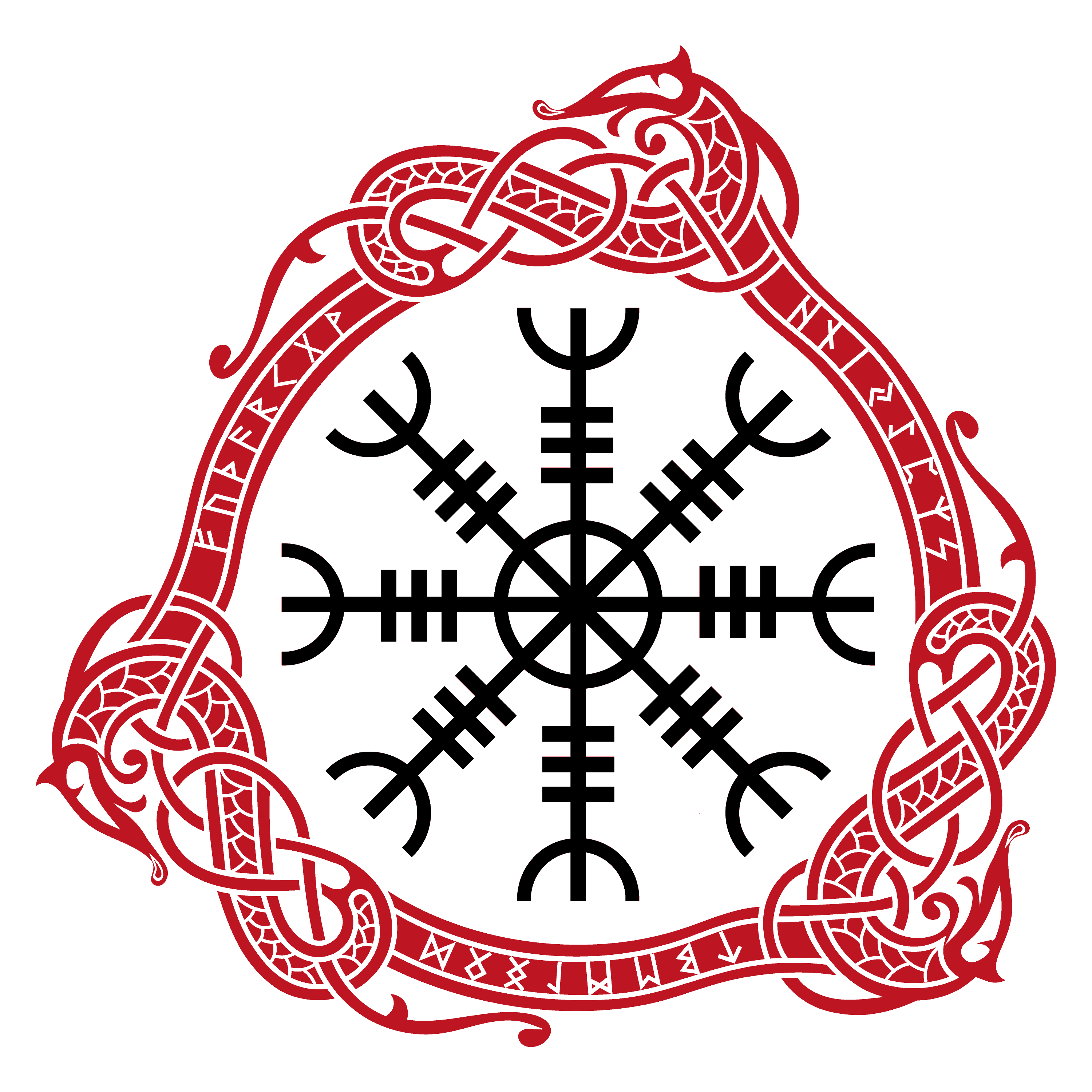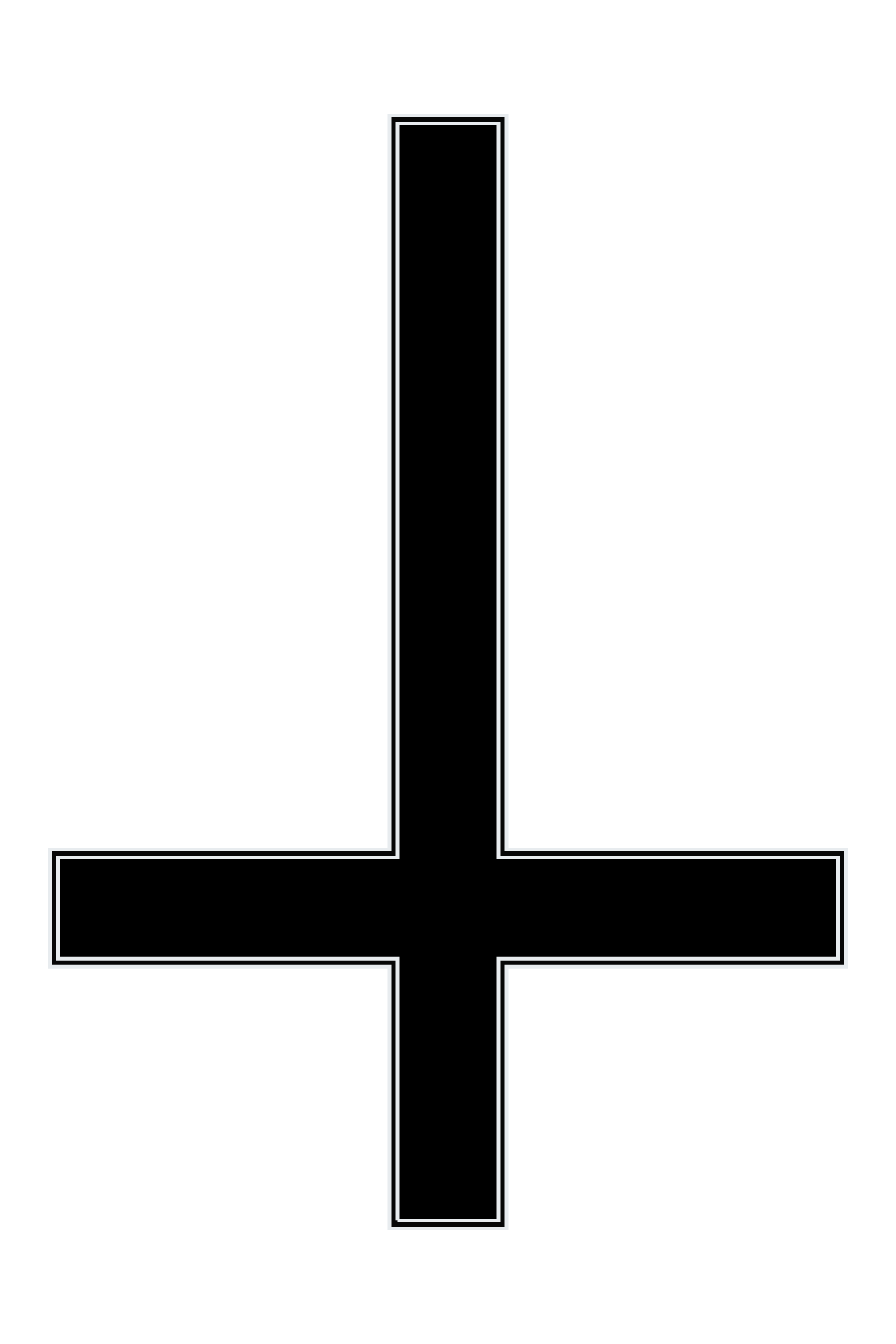Today, we will be examining the Valknut symbol as we carry on with our article series about Viking symbols. Let’s get right into it, here is all you need to know about the Valknut meaning, why it is a symbol of Odin and it is called as Hrungnir’s heart.

Valknut Meaning: the Story Behind the Symbol of Odin
Valknut, also known as Valknot, Valknutr and Hrungnir’s Heart, is one of the most prominent Viking symbols. Pronounced as ‘val-knoot’, the Nordic symbol is depicted by three interlocking triangles.

What is the meaning of Valknut?
The term “valknut” is actually a modern word with the literal meaning, “slain warrior knot/the knot of the slain warriors”. The word originates from the Norwegian language, and was attributed with the symbol much later than its actual creation.
The symbol, which is also sometimes called Odin’s symbol/the symbol of Odin, is believed to date back to the ancient times.
One of the popular pieces of evidence regarding the ancient use or inscription of Valknut symbol was on the Tängelgårda stone from 7th-century Gotland, Sweden.
The three-triangle Valknut was commonly seen on runestones and gravestones, and it often appeared alongside the figure of Odin the Allfather, or animals that represented him, such as the wolf or horse.
This is considered to be the reason why the Valknut symbol has been closely associated with Odin and eventually has come to be known as the symbol of Odin.
There are a number of theories regarding where the Valknut originated from and what it means. However, the general consensus is that the symbol has been being used to represent Odin, the most powerful and revered god in Norse mythology, since the early ages.
Odin’s name is translated into English as “the Master of Ecstasy”. As such, among other things, he was believed to be a powerful magician associated with concepts such as wisdom, royalty, healing, death, war, victory, poetry, and sorcery.
People believed that Odin had the power to use magic to bind and unbind things, as well as to control people’s minds. That is why Valknut is thought to represent Odin’s magical powers of binding and unbinding.
If you would like to learn more about symbols of Odin, read our extensive list by clicking here.
Valknut As a Norse Magical Symbol and the Practice of Seidr
Seidr (SAY-der) was the heathen Norse practice of magic and shamanism. Generally, it was only practiced by women, but many believe that its chief practitioner was Odin himself.

Regular men who risked practicing Seidr were persecuted as doing so was seen as going against Germanic social norms in that period.
When practicing Seidr, the women practitioners collectively prayed, chanted, and entered a state of trance during the rituals. According to studies and sources, the rituals may have involved sexual stimulation and energy — in other words, sex magic. The staff used in the Seidr rituals denotes a phallic symbolism, as clued by various Nordic literature.
It was said that the practitioners of Seidr were able to control the path of reality, allowing them to reach higher levels of consciousness and travel through the Nine Realms to catch a glimpse of the future to help them achieve their goals.
Odin himself was believed to travel through the Nine Realms riding his horse, Sleipnir through the branches of the Yggdrasil (IG-druh-sill). Yggdrasil is the ash tree that is believed to be the gateway to the different realms.
Because the Valknut symbol was closely associated with Odin, Seidr practitioners have also commonly used it, among other Viking symbols, in literature and rituals. And that is what makes the Knot of the Slain Warriors a pagan symbol.
Valknut As a Symbol of Hrungnir‘s Heart
The Valknut is also believed to symbolize Hrungnir‘s heart, as mentioned in the Prose Edda .
According to the Edda, Hrungnir was a giant who was believed to be the spirit of winter, night, darkness, and the grave. His heart was made of stone and had three corners, very much like the appearance of the Valknut.
The visual description in the Edda was unfortunately not very detailed enough to completely ascertain that the Valknut was actually a representation of Hrungnir’s heart.
Valknut and the Significance of “the Three”
Because Valknut is composed of three triangles, it was largely used and thought to symbolize the significant “threes” in life.
For instance, it was associated with fertility, rebirth, and reincarnation. The interlocking triangles were also thought to represent the connection between Earth, Hel (underworld), and the Heavens.

Symbols Similar to or Derived From Valknut
Just like other Norse symbols, the Valknut is also associated with other symbols both from the Viking Age and other cultures throughout the world.
Valknut is often compared to the three-horned symbol engraved on the Snoldelev Stone, a 9th-century runestone found in Snoldelev, Ramsø, Denmark. The runestone also had on it a swastika, another symbol that has been seen on artifacts from the Viking Age and earlier.
As you probably already know, the Swastika was used by the Nazis, led by Adolf Hitler, giving the symbol a bad rep. The Swastika has been around for at least 11,000 years prior to World War II, and is believed to have been used by Buddhists, Hindus, and Jains as a sign of luck and prosperity.
In Norse mythology, the Swastika was also associated with Odin, with many believing that it represented Odin traveling through realms onboard a flying disk.
Another symbol compared with Valknut is the Celtic symbol Triskelion or Triskele. It has three arms (or legs), which are believed to represent different concepts of “threes” as well.
Valknut, the Symbol of Odin in the Modern Times
Valknut is among the Viking symbols that maintained its significance until modern times. After all, it is one of the most popular symbols from the Viking Age.
Valknut is a prominent symbol in the new-age religion, Asatru. The religion’s true age goes a long way back, but it was officially recreated in the 1970s in Iceland.

Followers of Asatru primarily believe in the ancient Germanic gods and spirits. The term “Asatru” comes from two Old Norse words that literally mean “faith in the Æsir”, with Æsir referring to the Germanic gods.
Asatru is now widespread in North America, Europe, and some parts of Australasia. The religion is also known to many as Heathenry.
The religion’s beliefs are largely centered on pre-Christian religious practices. Although frowned upon by devout Christians, the primary goal of Asatru is to simply live a worthwhile life.
Because the Asatru practices are based largely on pre-Christian beliefs, Viking symbols related to the old gods are widely used by the people of Asatru faith. These symbols include the Valknut.
Valknut Tattoo Meaning, Tattoo Ideas for the Symbol of Odin
As Valknut is the main symbol of Odin the Allfather, Valknut tattoos are a common choice for people of Norse origins who would like to represent their roots.
On the other hand, as the symbol is also known as “the knot of the warriors slain in battle”, a valknut tattoo would be a perfect choice if you are looking for warrior tattoos.
That wraps up our piece on the Valknut, also known as the symbol of Odin, its meaning and origins. You might want to check out our other articles through the Viking symbols section in the top menu, if you liked reading about the Valknut. Thanks for reading.
Link/Cite This Page
If you would like to use any part of the content here for your own work, please kindly cite this page as the source using the following code:
The link will appear on your website as:
Valknut, The Symbol of Odin: Valknut Meaning and Origin Explained – SymbolsAndMeanings.Net, November 20, 2019
Feel free to link and share the sheet below. Please ensure to give our little symbol site credit so we can keep researching and writing great new content for you.




